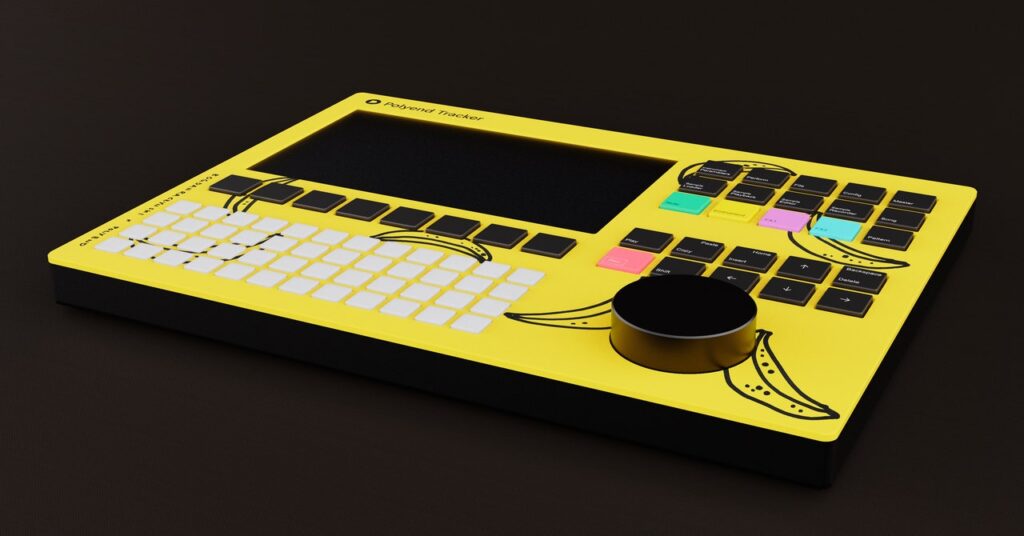Crush the Dance Floor With These Colorful Retro Beat Machines
The Polish company Polyend has collaborated with a trio of electronic music artists to infuse its audio creation hardware with blasts…

“This hardware and software gives you limitations,” says Polyend CEO Piotr Raczyński (no relation to Bogdan Raczynski, the musician he collaborated with). “When you have a DAW nowadays with any computer, you can have thousands of tracks and thousands of effects. That is tempting, and it can be a little intimidating. But here you don’t have any fancy graphics. You have to listen to it; the main receptor is your ears. This limitation gives you a kind of freedom that you don’t have to think of the process anymore.”
Trackers first emerged in the late 1980s. Karsten Obarski, a video game sound designer, created a program called Ultimate Soundtracker for the Commodore Amiga as a way to streamline the process of scoring games. The concept proliferated from there, inspiring similar programs like OctaMED and Renoise. The signature 8-bit sound samples of trackers became a staple of video game soundtracks and were used to score games like the original Deus Ex and Unreal. Trackers also became instrumental to the ’90s rave scene, because of the ease with which users were able to quickly whip up frenetic, danceable beats using just a laptop keyboard. Polyend’s choice to combine that functionality with retro appeal to make a slick hardware controller was inspired by not a small amount of nostalgia.
“If ‘retro appeal’ is code for ‘nerdy,’ then yes, trackers are (not exclusively) for geeks,” Bogdan Raczynski says. “Musical evolution owes an immeasurable debt to the nerds who have moonshot electronic music to where it is today.”
Raczyński and Raczynski met at a 2019 concert in Poland where Bogdan was performing. (Incidentally, Legowelt was playing at the same concert.) Polyend’s Tracker was still in the prototype phase then. Bogdan, who had been using tracker software since the ’90s on albums like Samurai Math Beats and Rave Till You Cry, offered advice that shaped how the hardware developed.
“He showed me what was going good, what maybe needs improving,” Piotr says. “That was a very, very important point of the development of this.”
For Bogdan, the inspiration for his custom Polyend tracker—a bright yellow design named “BANANS”—came from a series of Instagram posts that featured the titular fruit. He wrote on his website that the design was intended to “evoke a sense of joy” that would encourage users to gleefully explore the device.
“The wonderful thing about every instrument, from trumpets to trackers, and the Tracker, is that they’re just a medium,” Bogdan says. “Anyone can pick up a saxophone, but nobody will ever sound like Gato Barbieri. It is misguided to hope to sound like anyone else. The Tracker is an instrument that empowers you with an opportunity to express yourself in a way that you aren’t able to with any other instrument.”
If you miss out on this round of Polyend’s limited-edition hardware, be aware that the company is also developing another new product with creative input from the electronic musician Aphex Twin. Expect that collaboration to come out next year.
More Great WIRED Stories




